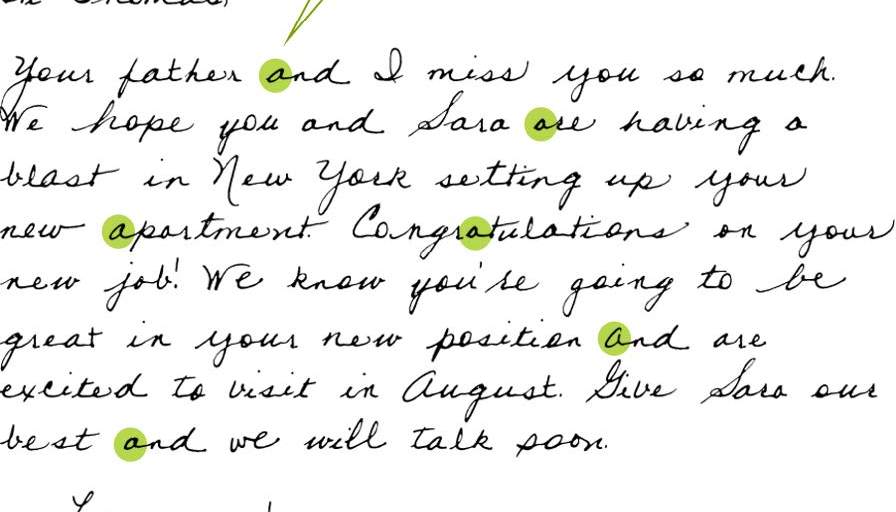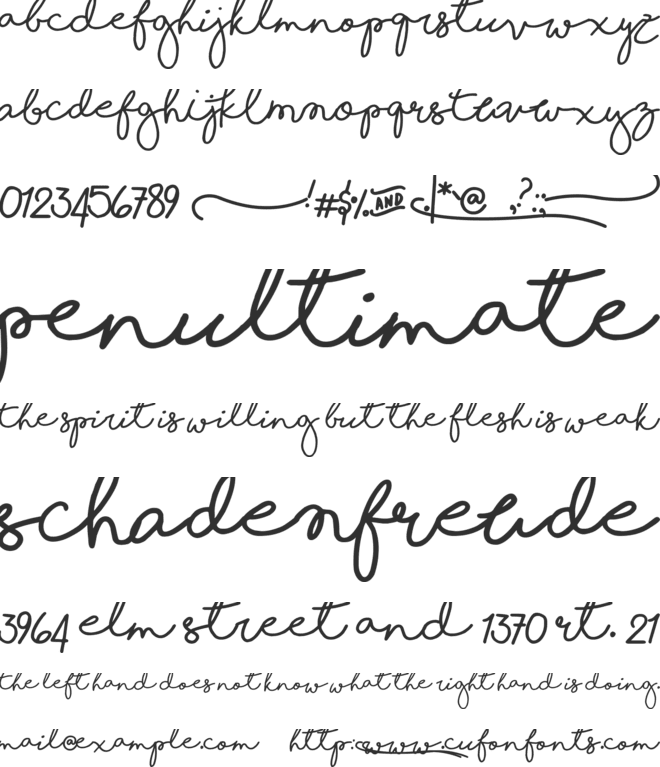

The process involves re-drawing the characters on a template sheet that you print out, and then scan. Might still be enough to get a usable font however. There's are free and paid options, with a limitation of the number of glyphs in the free version. I have no links with the video creator or the website.

There's a video tutorial here which shows how you can do it using online software called Calligrapher. Serious academic research has produced something better, but unfortunately I do not know any details. Do not expect to replicate any highly personal handwriting style in the mentioned ways.

No machine nor generally available software will do it for you automatically. Program Scanahand accepts scanned or in drawing program filled image of a form where the letters are drawn one by one.Īll methods presented above need that you can draw the wanted letters by yourself or know how to extract them as computer graphics curves from an existing writing. There are websites which generate font from your curves. The fonts can be used in Inkscape, but inputting the letters as curves needs the ability to draw with Inkscape. Drawing program Inkscape has font creating tools. Trivial case - manual lettering where the letters are written rigidly in the same way - has numerous commercial and free solutions. Font editor programs are available as well commercially as for free. Have a couple of months time to define the style and double it for becoming also able to work with a font editor program and finally some more to input the needed data. It starts on paper by defining and practicing the letters so well that one is also able to input them to a font editor. Some certain letter combinations can be defined as ligatures and open type fonts can also have varied letter versions and decoratives, but everyone sees in a second that it's computer font, not written by hand.Ĭreating a rich script font is a major task. Computer fonts cannot replicate the variations which are common in handwriting.


 0 kommentar(er)
0 kommentar(er)
